- Feb 3, 2024
- LitBits
- 0
New blog post by Eva Ulian – discussions in this thread, please
---
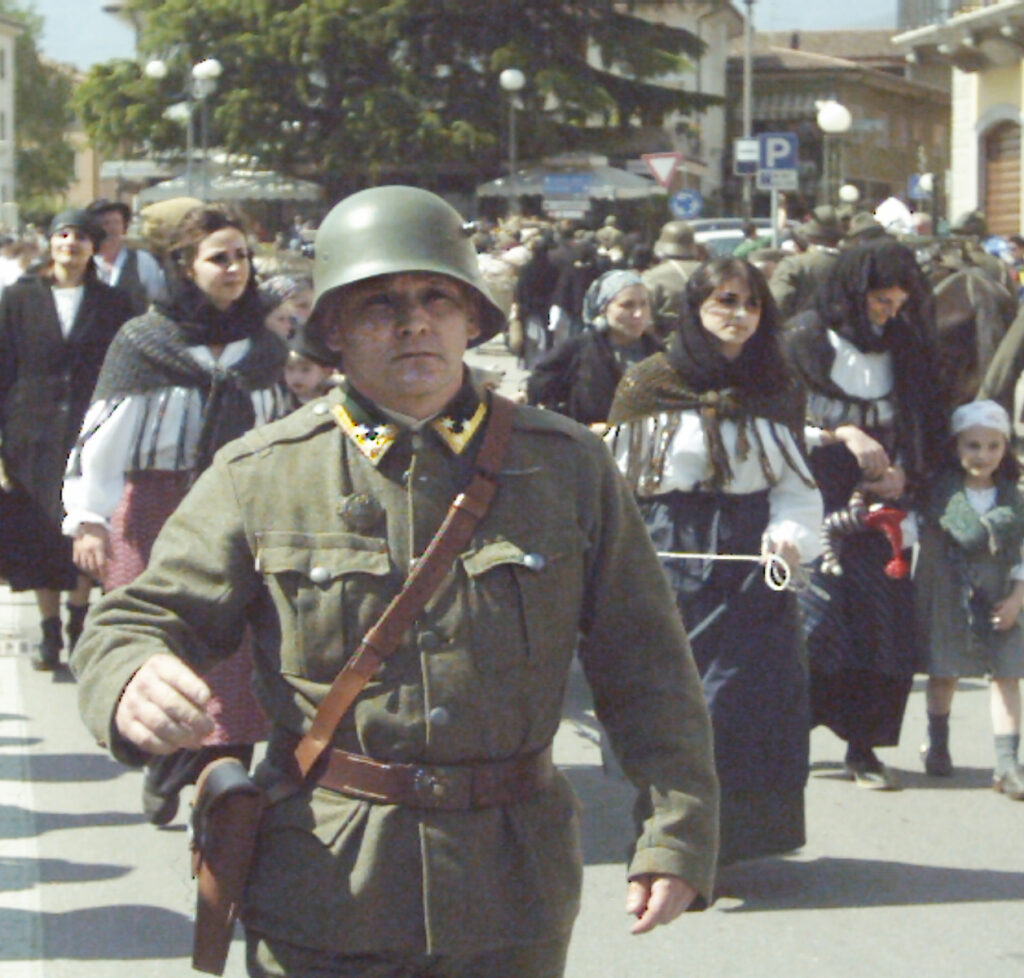
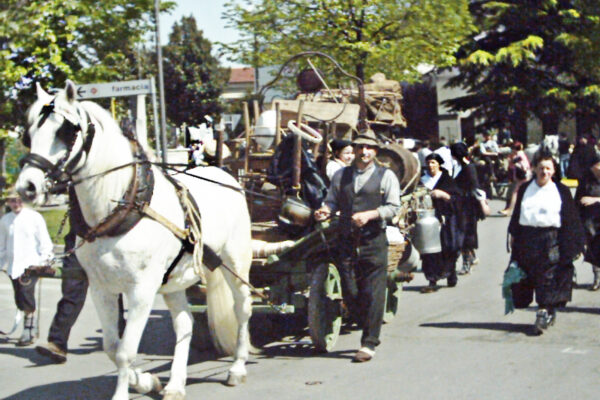
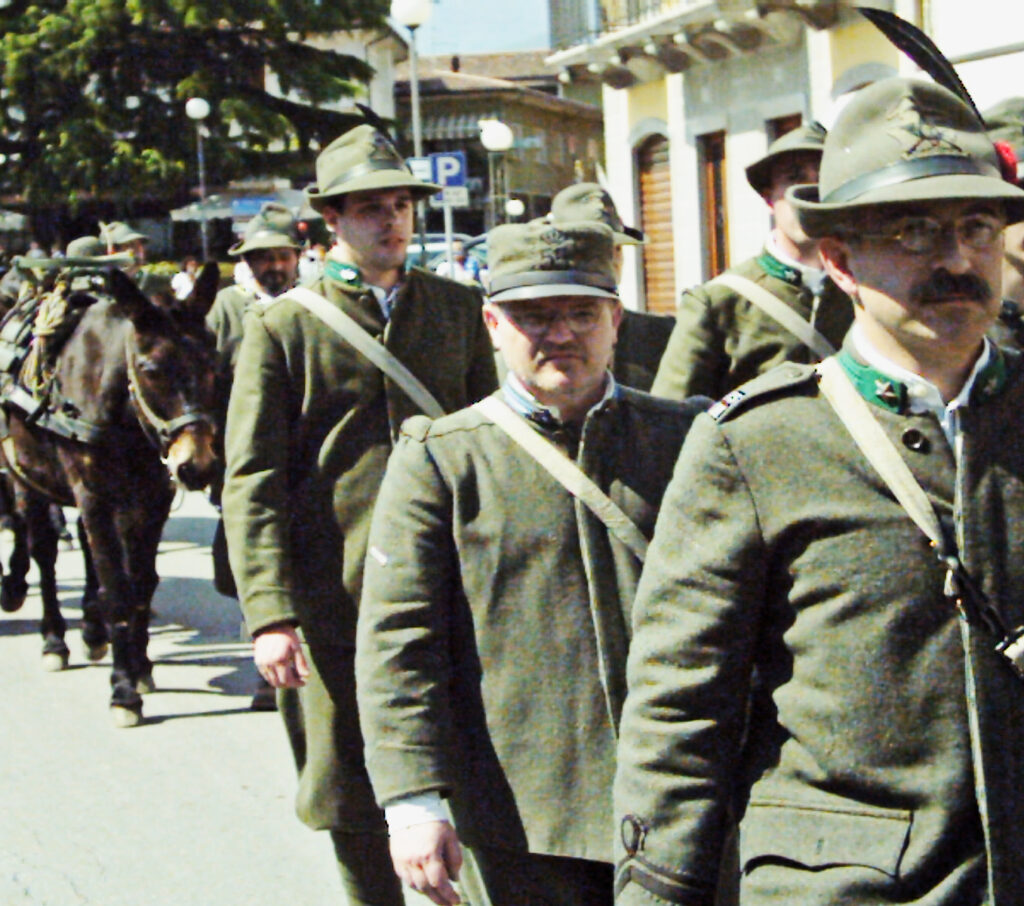
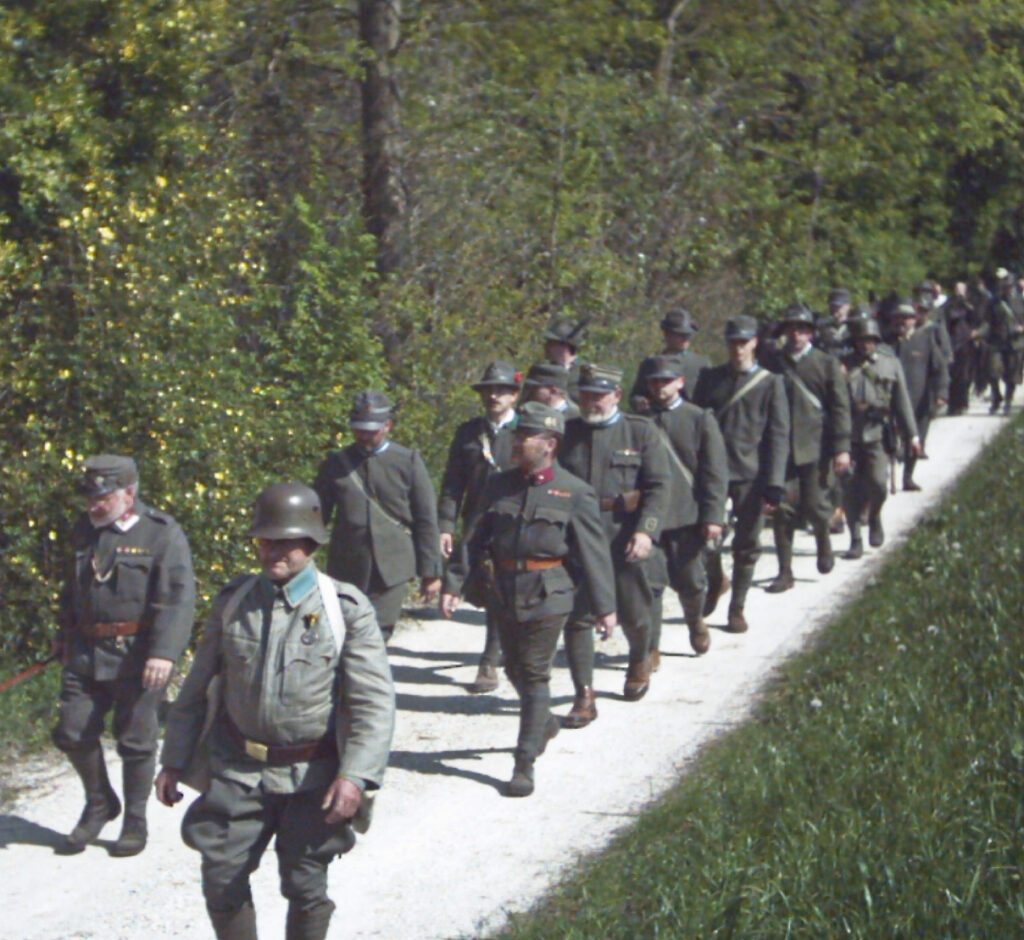
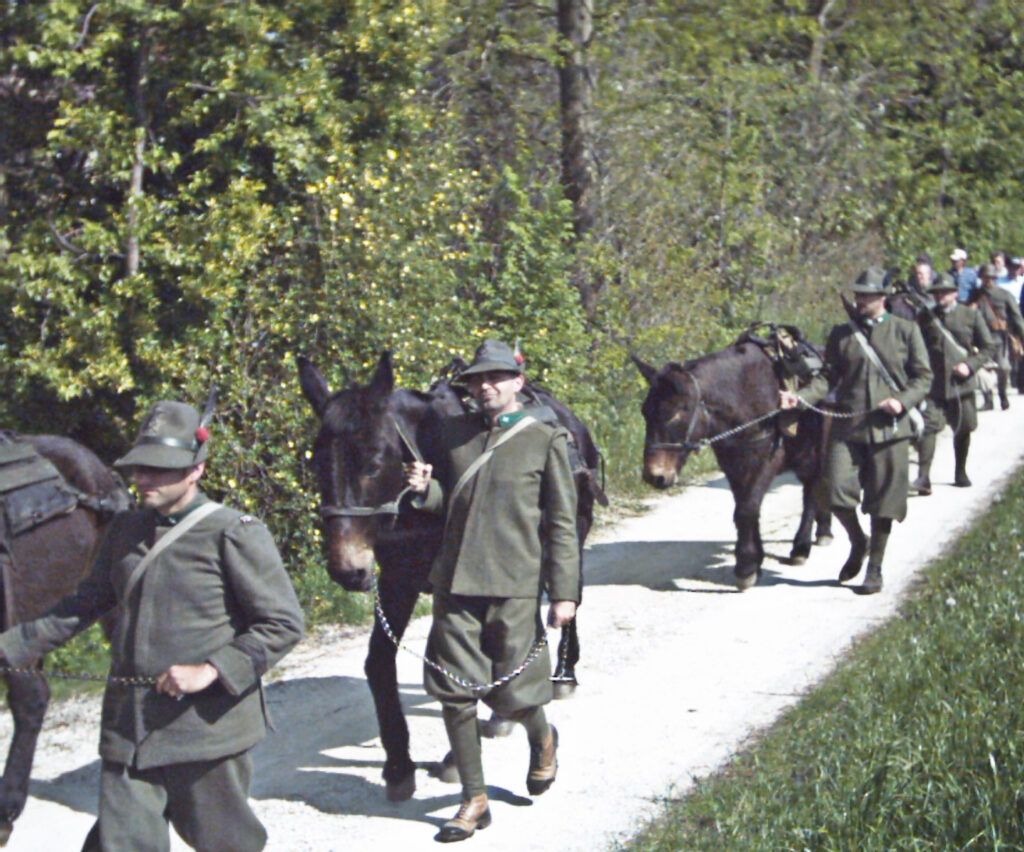
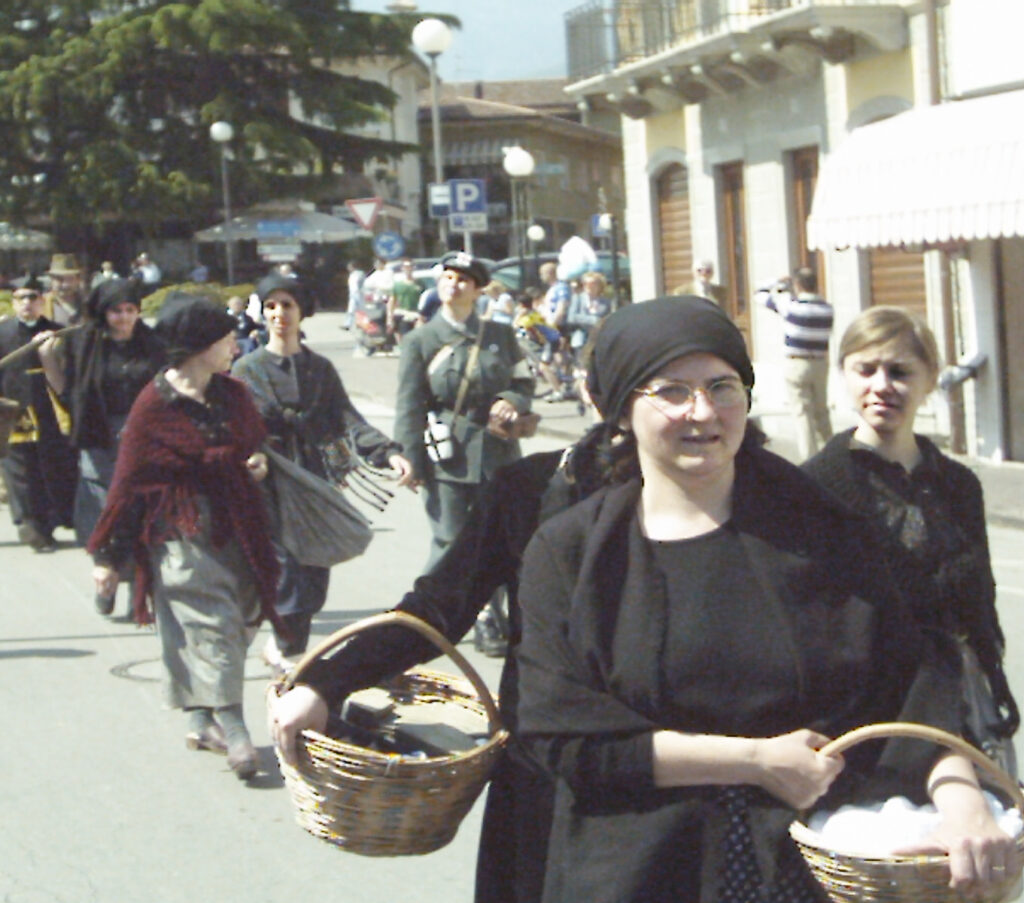
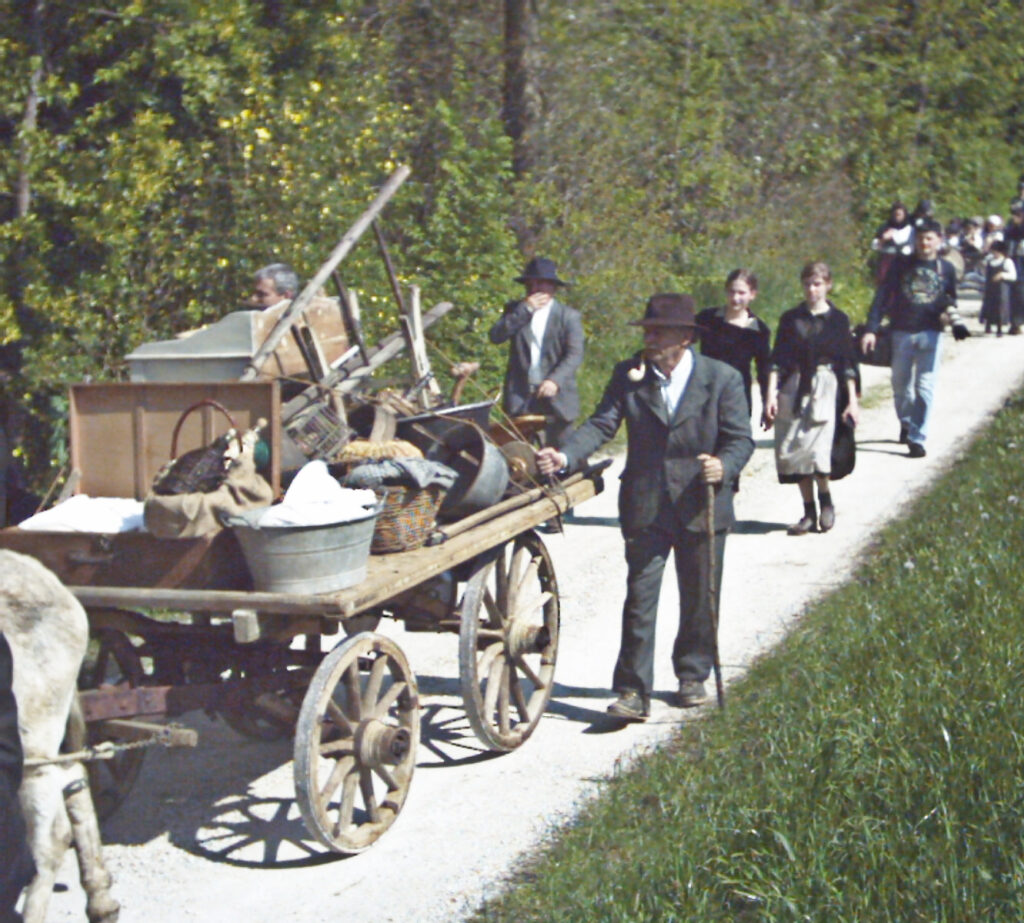
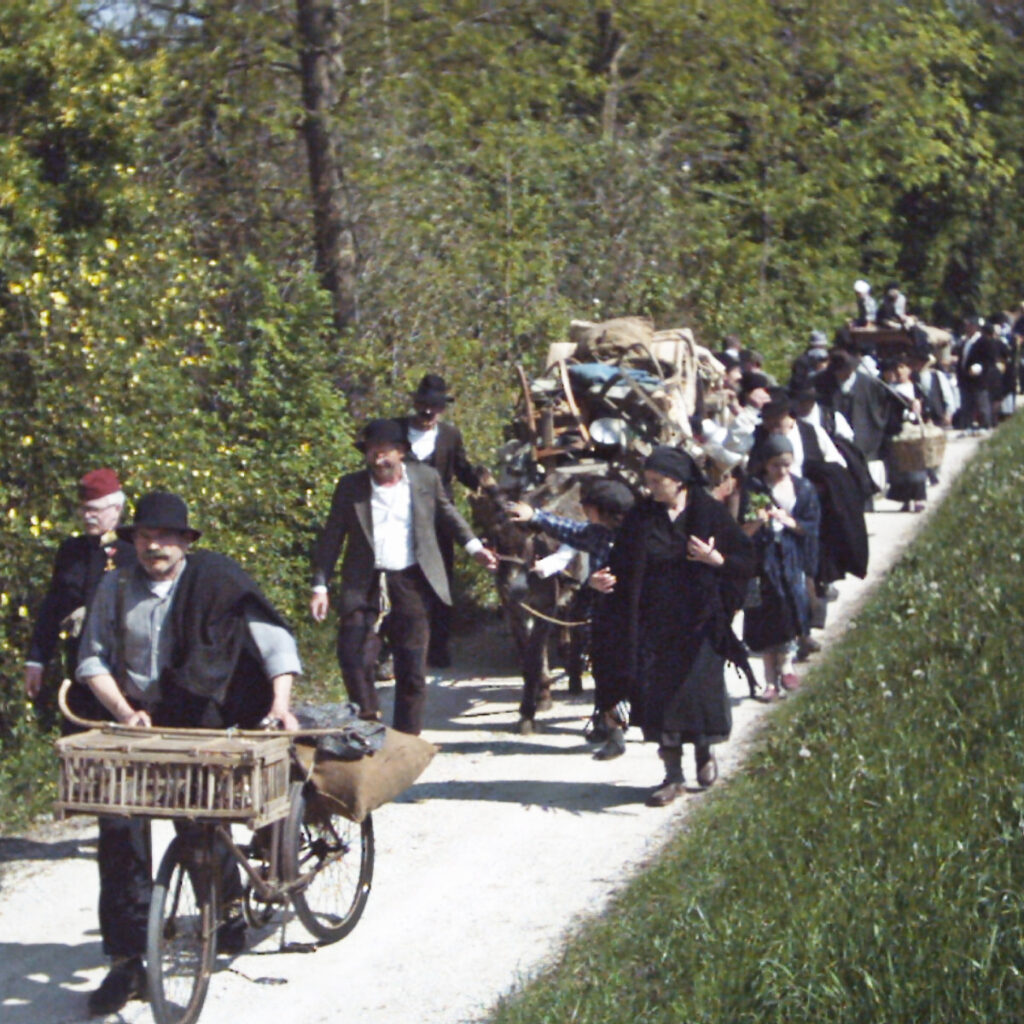
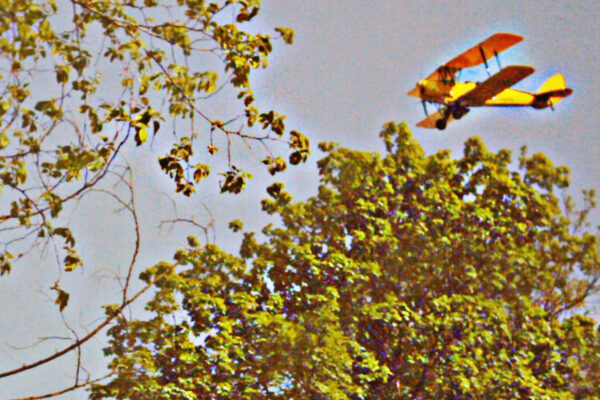
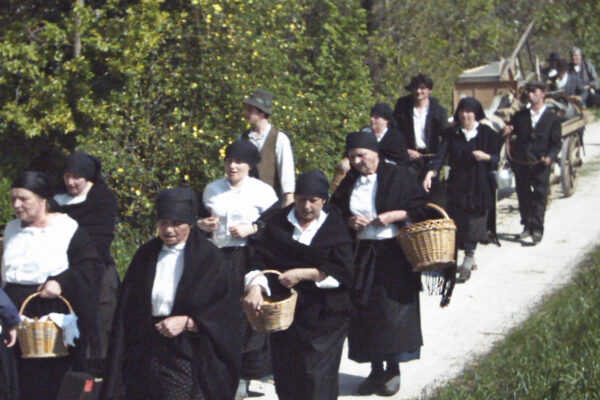
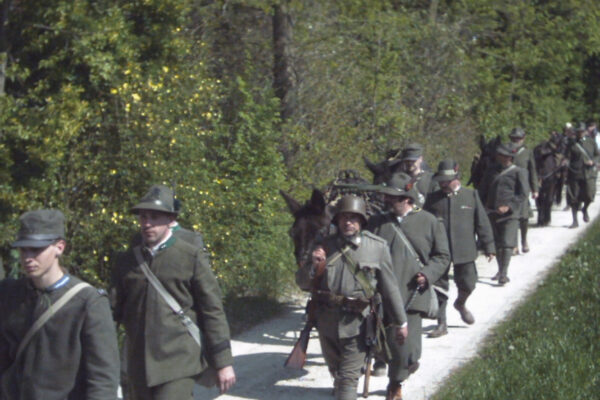
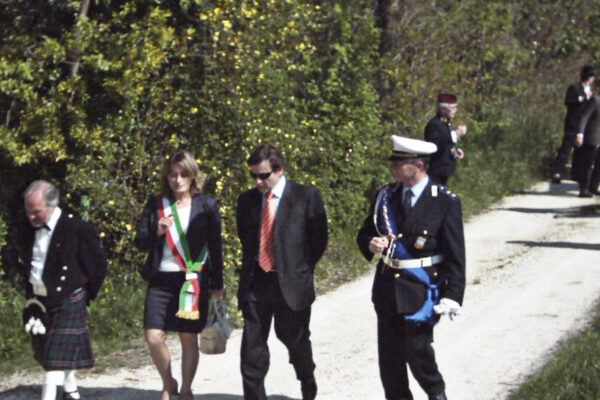
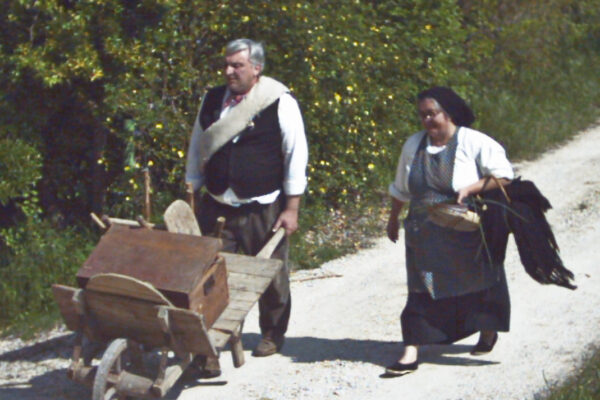
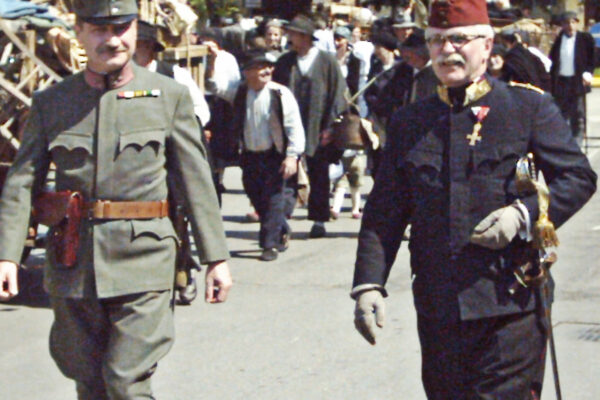
Digital Image

---
By @Eva Ulian
Get the discussion going – post your thoughts & comments in the thread below…
---
My neighbouring village in Northern Italy enacted the 1917- 18 Year. They called the event the “L’an de la Fan” which is a Veneto Region dialect expression for “The Year of Hunger.”

There was something special about this year. Apart from the massacre that left a painful dent in Italian history, it also attracted the attention of the American writer Ernest Hemingway who as a journalist was here as an ambulance driver in the Relief Corps and upon which he was later to base his novel “Farewell to Arms”.


The Italian, mainly Alpine-Artillery Soldiers, (one of which was my grandfather) were stationed along the mountain borders in the Austrian-Hungarian-Italian-Eastern triangle on the Isonzo River in a small village called Caporetto. Since the beginning of the war this Army had fought numerous battles in an attempt to keep back the German-Austrian forces.

On 24th October in 1917 the Foreign forces made a surprise attack and completely vanquished the Italian Army. In one trench grotto alone the bodies of 3,000 Italian soldiers were found. The final result of this battle of Caporetto cost Italy 11,000 dead soldiers, 19,000 wounded, 300,000 prisoners, (one of which was my grandfather) and 400,000 missing.

Whatever remained of the Italian Army was pushed back further into Italy unto the banks of the River Piave where total chaos and massacre reigned supreme. It was here on this very spot that the Director Richard Attenborough staged his battle scene in his film in “Love and War” while the other parts were filmed in the town of Vittorio Veneto.

I know this because my brother-in-law, having a well-defined nose and moustache was “abducted” from the streets of Vittorio Veneto by the film troop, where the hospital love scenes were filmed while they put him in the smoky, muddy trenches alongside the River Piave and made a soldier out of him.

When this area of Northern Italy was occupied by Foreign forces- the German-Austrian alliance, our village, Cappella Maggiore was invaded by refugees from nearby areas occupied by the Foreign forces. Immediately after the Italian army was defeated at the battle of Caporetto, the German-Austrian forces occupied the towns along the River Piave.

The villagers along the River Piave fled in hordes went to take refuge in Cappella Maggiore. Of course there was nothing to eat for anyone except for what the earth could yield and the animals could give, if they were fed at all. Famine was the order of the day during that year. That’s why 100 years after the event the villagers wanted to relive that year… So as not to forget.

To enact this year, the villagers, flew the World War I aeroplanes, used the horse and carts and the utensils of those days. They got themselves dressed and combed as they did at the beginning of the last century with the renown black headscarf, shawl and dark ankle length skirts.


There were the celebrated Italian Alpine soldiers, with feathers in their hats and their horses. The infantry, core of the Italian Army could not be absent. The villagers brought along their vehicles… a bicycle, their carts or yokes around their necks, or their long tin metal jugs of milk.

One may wonder why a Representative from Scotland is walking alongside the village Mayor… that’s because the Village is Twinned with Earlston in Scotland.

However, it seemed rather odd to find nice, well fed, chubby faces in the refugee camp, doesn’t it?

Digital Image
Today’s society is not like that of the past where war-ridden and destitute our ancestors were forced to starve. There is always, always something we can do that will enable us to survive provided we don’t give in to self-pity and commiseration.

The only people starving nowadays are the forgotten ones…
The ones trampled on and exploited among themselves ….
or by the super world powers, including ourselves who waste tons of food on a daily basis… Food that should have gone to the hungry ones in this world, but did not…
There are still years of hunger in this, 21st century.
---By @Eva Ulian
Get the discussion going – post your thoughts & comments in the thread below…
